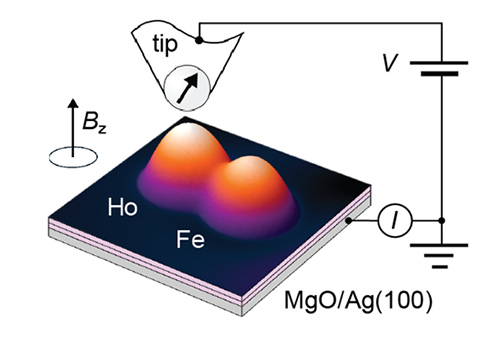
A schematic of an interpocket paired state, one of two topological superconducting states proposed in the latest work from the lab of Eun-Ah Kim, associate professor of physics at Cornell University. The material used is a monolayer transition metal dichalcogenide. Credit: Eun-Ah Kim, Cornell University
The experimental realization of ultrathin graphene – which earned two scientists from Cambridge the Nobel Prize in physics in 2010 – has ushered in a new age in materials research. What started with graphene has evolved to include numerous related single-atom-thick materials, which have unusual properties due to their ultra-thinness...
Read More









Recent Comments